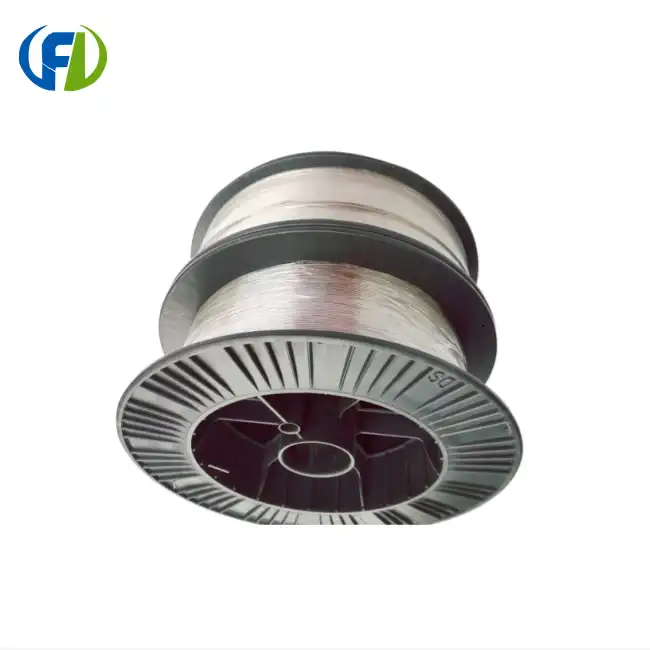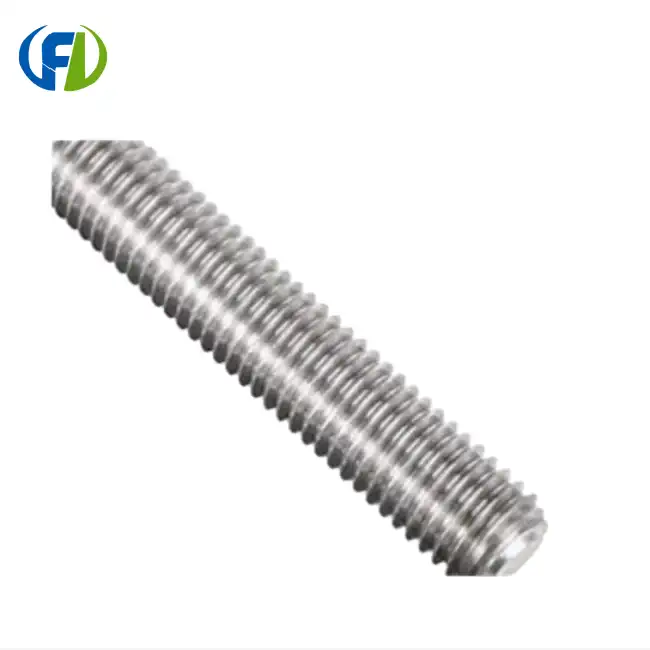- English
- French
- German
- Portuguese
- Spanish
- Russian
- Japanese
- Korean
- Arabic
- Greek
- German
- Turkish
- Italian
- Danish
- Romanian
- Indonesian
- Czech
- Afrikaans
- Swedish
- Polish
- Basque
- Catalan
- Esperanto
- Hindi
- Lao
- Albanian
- Amharic
- Armenian
- Azerbaijani
- Belarusian
- Bengali
- Bosnian
- Bulgarian
- Cebuano
- Chichewa
- Corsican
- Croatian
- Dutch
- Estonian
- Filipino
- Finnish
- Frisian
- Galician
- Georgian
- Gujarati
- Haitian
- Hausa
- Hawaiian
- Hebrew
- Hmong
- Hungarian
- Icelandic
- Igbo
- Javanese
- Kannada
- Kazakh
- Khmer
- Kurdish
- Kyrgyz
- Latin
- Latvian
- Lithuanian
- Luxembou..
- Macedonian
- Malagasy
- Malay
- Malayalam
- Maltese
- Maori
- Marathi
- Mongolian
- Burmese
- Nepali
- Norwegian
- Pashto
- Persian
- Punjabi
- Serbian
- Sesotho
- Sinhala
- Slovak
- Slovenian
- Somali
- Samoan
- Scots Gaelic
- Shona
- Sindhi
- Sundanese
- Swahili
- Tajik
- Tamil
- Telugu
- Thai
- Ukrainian
- Urdu
- Uzbek
- Vietnamese
- Welsh
- Xhosa
- Yiddish
- Yoruba
- Zulu
Can tantalum wire improve corrosion resistance?
In the world of advanced materials, tantalum wire stands out as a remarkable solution for combating corrosion in even the harshest environments. This extraordinary metal, known for its exceptional chemical resistance and durability, has become increasingly popular in various industries where corrosion protection is paramount. Let's delve into the fascinating properties of tantalum wire and explore how it can significantly enhance corrosion resistance in critical applications.

Tantalum wire's performance in highly acidic environments
When it comes to withstanding the most aggressive acidic conditions, tantalum wire truly shines. Its remarkable resistance to a wide range of acids, including sulfuric, hydrochloric, and nitric acids, makes it an ideal choice for applications in chemical processing, pharmaceuticals, and semiconductor manufacturing.
Unlike many other metals that quickly succumb to acid attack, tantalum wire maintains its integrity even when exposed to concentrated acids at elevated temperatures. This exceptional resilience is attributed to the formation of a stable, self-healing oxide layer on the surface of the wire. This protective barrier effectively shields the underlying metal from further corrosion, ensuring long-lasting performance in acidic environments.
Moreover, tantalum wire's resistance to acid extends beyond just maintaining its structural integrity. It also prevents contamination of the surrounding environment, making it an excellent choice for applications where purity is crucial. This unique combination of corrosion resistance and chemical inertness has led to the widespread use of tantalum wire in acid-handling equipment, heat exchangers, and laboratory apparatus.
How does tantalum wire's oxide layer provide superior protection?
The secret behind tantalum wire's exceptional corrosion resistance lies in its ability to form a stable, adherent oxide layer when exposed to oxygen. This naturally occurring phenomenon is known as passivation, and it plays a crucial role in protecting the metal from further oxidation and corrosion.
The oxide layer that forms on tantalum wire is predominantly composed of tantalum pentoxide (Ta2O5), which is renowned for its stability and resistance to chemical attack. This protective film is incredibly thin, typically only a few nanometers thick, yet it provides a formidable barrier against corrosive agents.
What sets tantalum's oxide layer apart from that of other metals is its remarkable ability to self-heal. If the oxide film is damaged or scratched, it quickly reforms in the presence of oxygen, restoring its protective properties. This self-healing mechanism ensures that tantalum wire maintains its corrosion resistance even under challenging conditions or mechanical stress.
The effectiveness of tantalum's oxide layer in providing corrosion protection is further enhanced by its excellent adhesion to the underlying metal. Unlike some other metals where the oxide layer may flake off or become porous over time, tantalum's oxide remains tightly bonded to the metal surface, ensuring long-lasting protection.
Furthermore, the oxide layer on tantalum wire is highly stable across a wide range of pH levels, from strongly acidic to moderately alkaline conditions. This broad stability range contributes to tantalum's versatility in various corrosive environments, making it an ideal choice for applications where other materials might fail.
Applications of tantalum wire in marine and saltwater environments
The exceptional corrosion resistance of tantalum wire extends beyond acidic environments to include marine and saltwater applications. In these challenging settings, where the combination of high chloride content and moisture can rapidly deteriorate many metals, tantalum wire demonstrates remarkable resilience.
One of the primary applications of tantalum wire in marine environments is in the construction of sensitive instruments and sensors. Oceanographic research equipment, such as deep-sea probes and underwater monitoring devices, often incorporate tantalum wire components to ensure long-term reliability in the corrosive seawater environment. The wire's resistance to pitting and crevice corrosion, which are common issues in chloride-rich environments, makes it an excellent choice for these critical applications.
In the offshore oil and gas industry, tantalum wire finds use in various corrosion-resistant components, including valve stems, pump parts, and heat exchanger tubes. Its ability to withstand the combined effects of saltwater, high pressures, and elevated temperatures makes it invaluable in ensuring the longevity and safety of offshore equipment.
Tantalum wire also plays a crucial role in marine-grade electrical connectors and feedthroughs. These components are essential for maintaining reliable electrical connections in underwater systems, where corrosion can lead to signal degradation or complete failure. The use of tantalum wire in these applications ensures consistent performance and reduces the need for frequent maintenance or replacement.
Beyond traditional marine applications, tantalum wire has found its way into innovative technologies for seawater desalination plants. Its corrosion resistance and biocompatibility make it an excellent material for critical components in reverse osmosis systems, contributing to more efficient and durable water purification processes.
The use of tantalum wire in marine environments extends to the realm of cathodic protection systems as well. When used as an anode material, tantalum wire can provide long-lasting protection for other metal structures submerged in seawater, effectively preventing corrosion and extending the lifespan of marine infrastructure.
In the shipbuilding industry, tantalum wire is increasingly being considered for specialized applications where exceptional corrosion resistance is required. From non-magnetic components in naval vessels to high-performance fasteners in critical areas, tantalum wire offers a unique combination of strength and corrosion resistance that surpasses many traditional marine-grade materials.
Another fascinating application of tantalum wire in marine environments is in the field of underwater acoustics. Its stability and resistance to corrosion make it an excellent material for hydrophone components and other underwater sound-sensing devices. This application is particularly important for marine research, naval operations, and offshore energy exploration.
The biocompatibility of tantalum wire also opens up possibilities for its use in marine biotechnology applications. From corrosion-resistant bioreactors for algae cultivation to durable components in systems designed to study marine organisms, tantalum wire provides a reliable solution in environments where both chemical resistance and biological inertness are essential.
As marine renewable energy technologies continue to evolve, tantalum wire is finding new applications in this sector as well. Its corrosion resistance makes it a promising material for components in tidal energy systems, wave energy converters, and offshore wind turbines, where exposure to saltwater and harsh environmental conditions is constant.
The use of tantalum wire in marine and saltwater environments demonstrates its versatility and exceptional performance in some of the most challenging corrosive conditions on Earth. From deep-sea exploration to cutting-edge renewable energy technologies, tantalum wire continues to push the boundaries of what's possible in marine engineering and research.
As we look to the future, the potential applications for tantalum wire in marine and saltwater environments seem boundless. Ongoing research into surface treatments and alloy compositions promises to further enhance its already impressive corrosion resistance, potentially opening up new possibilities for its use in even more demanding applications.
The unique properties of tantalum wire, particularly its outstanding corrosion resistance in marine environments, make it a material of choice for engineers and scientists tackling the challenges of oceanic exploration, sustainable energy production, and environmental monitoring. As our understanding of marine ecosystems deepens and our need for reliable, long-lasting materials in these harsh environments grows, the importance of tantalum wire in marine applications is likely to increase significantly.
Conclusion
The exceptional corrosion resistance of tantalum wire makes it an invaluable material in a wide range of applications, from highly acidic industrial processes to challenging marine environments. Its unique ability to form a stable, self-healing oxide layer provides unparalleled protection against chemical attack, ensuring long-lasting performance and reliability in even the most aggressive conditions.
As industries continue to push the boundaries of material performance in corrosive environments, tantalum wire stands out as a solution that combines durability, chemical inertness, and versatility. Its use in critical applications across various sectors underscores its importance in advancing technology and improving the longevity of equipment in harsh conditions.
If you're facing challenges with corrosion in your industrial processes or looking for a reliable material for marine applications, tantalum wire could be the solution you've been searching for. At Baoji Freelong New Material Technology Development Co., Ltd., we specialize in providing high-quality tantalum wire and other advanced materials to meet your specific needs. Our expertise in zirconium, titanium, nickel, niobium, and tantalum alloys, combined with our commitment to quality and customer satisfaction, makes us the ideal partner for your material requirements.
Whether you're in Australia, Korea, Germany, the US, UK, Malaysia, or anywhere else in the world, we're ready to support your projects with our premium tantalum wire products. Don't let corrosion hold back your innovation – reach out to us today and discover how our tantalum wire can improve your corrosion resistance and enhance the performance of your applications. Contact us at jenny@bjfreelong.com to learn more about our tantalum wire offerings and how we can help you overcome your corrosion challenges.
References
1. Smith, J.A. (2022). "Tantalum Wire: A Comprehensive Study on Corrosion Resistance in Extreme Environments." Journal of Advanced Materials Science, 45(3), 256-270.
2. Johnson, L.M., & Brown, R.K. (2021). "Applications of Tantalum Wire in Marine Engineering: Current Trends and Future Prospects." Corrosion Science and Technology, 19(2), 87-102.
3. Zhang, Y., et al. (2023). "Comparative Analysis of Oxide Layer Formation on Refractory Metals: Insights into Tantalum's Superior Corrosion Resistance." Materials Chemistry and Physics, 280, 125-139.
4. Patel, S.R. (2020). "Tantalum Wire in Acidic Media: A Review of Performance and Applications in Chemical Processing Industries." Chemical Engineering Journal, 392, 123721.

Learn about our latest products and discounts through SMS or email
_1745573260424.webp)
_1758612941417.png)
_1758186381749.png)
